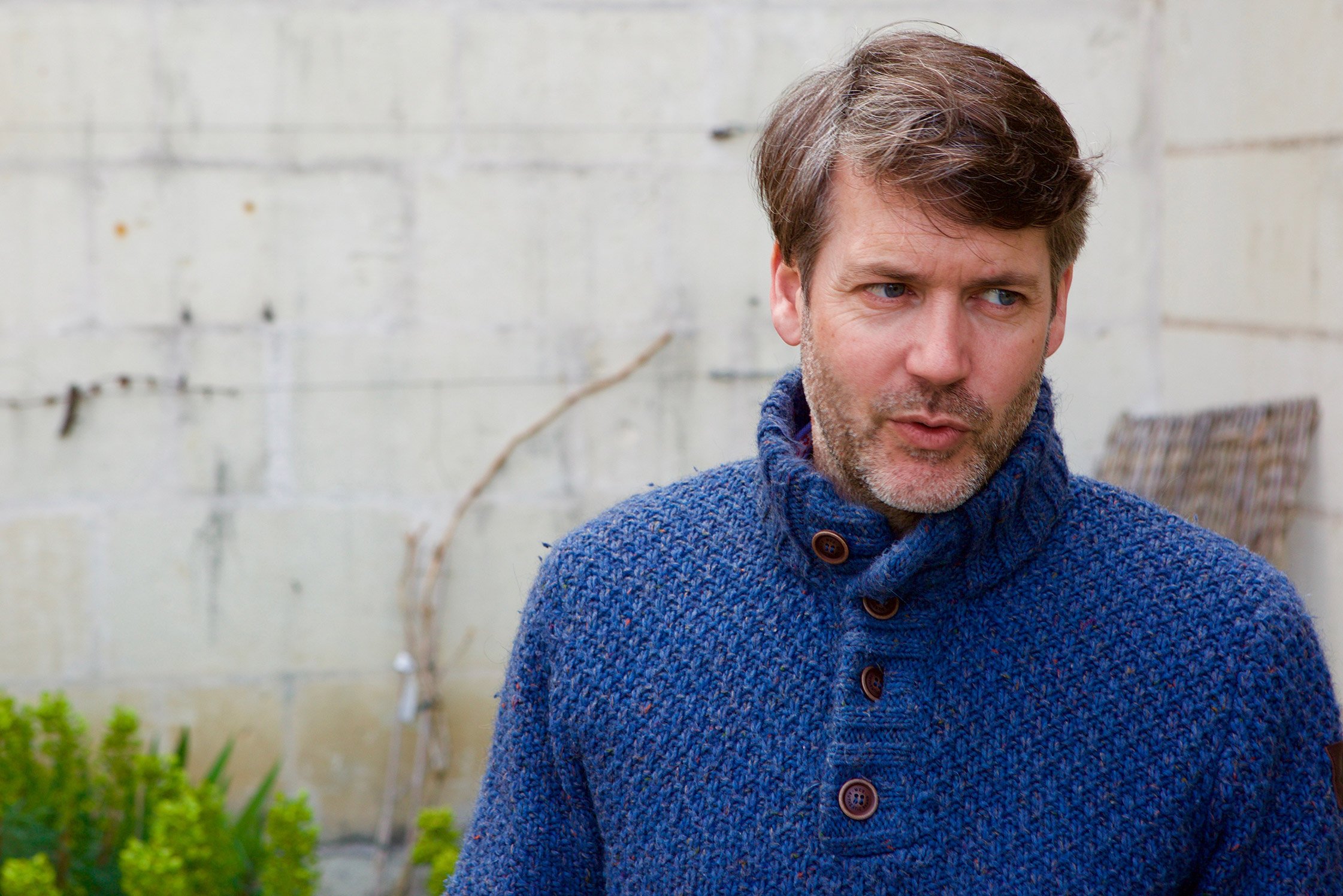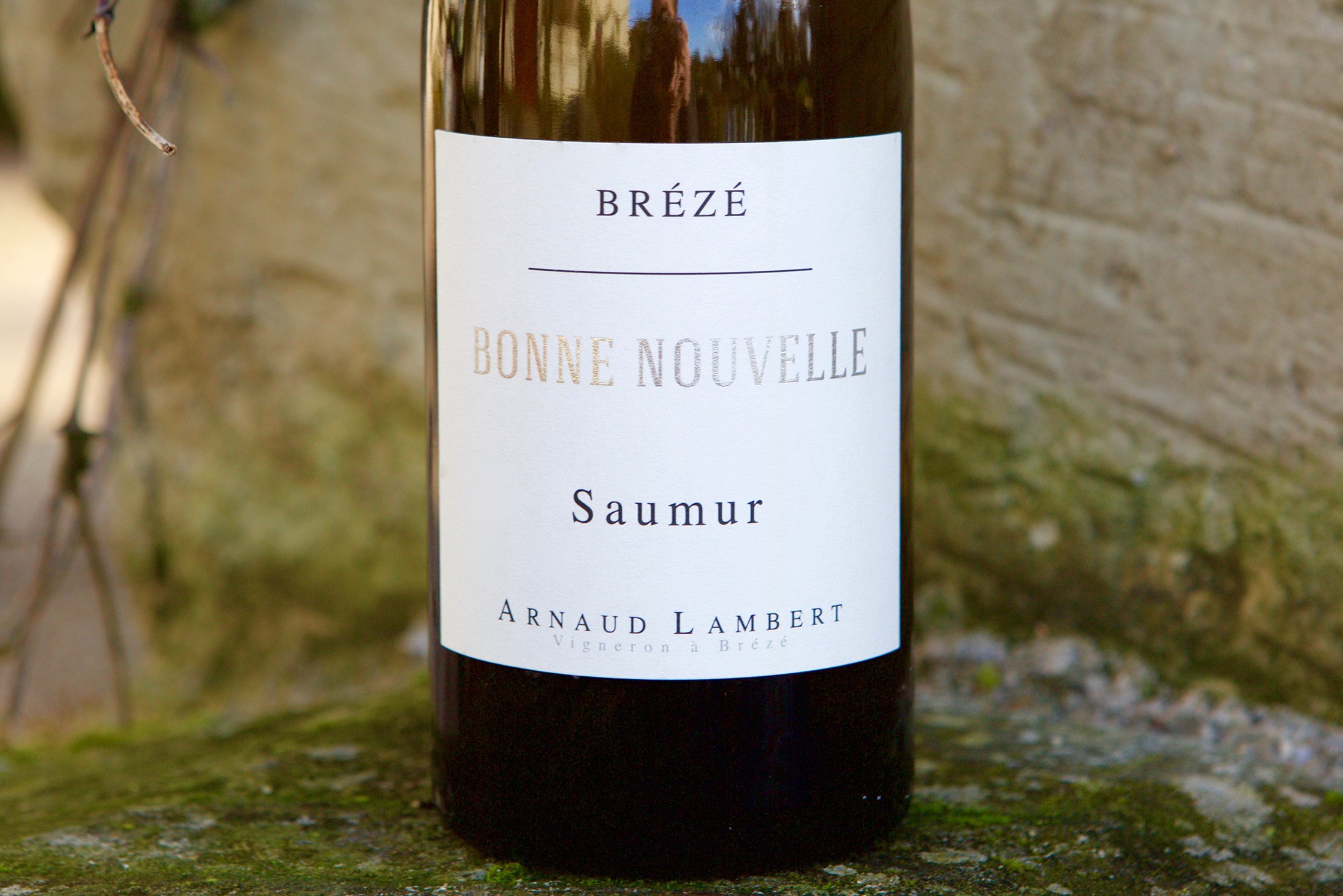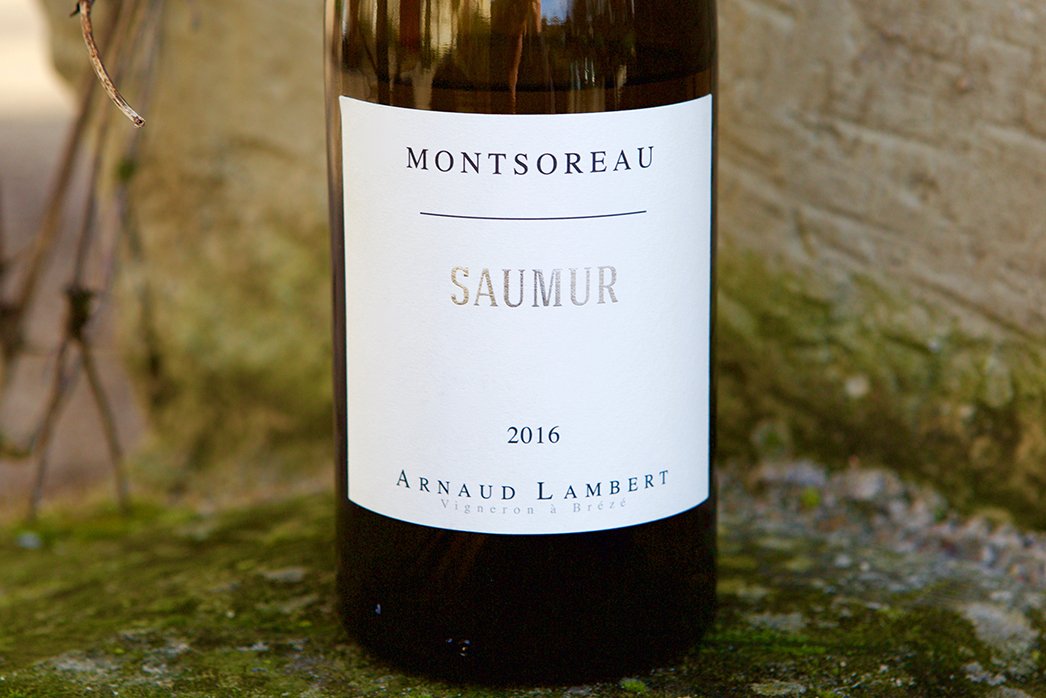Before the 2014 vintage, I suggested Arnaud begin to isolate the most interesting parcels of Chenin Blanc that haven’t yet been made into single cru wines to explore for new and previously overlooked talented parcels. The plan was to make two barrels from each site, observe and taste them through their élevage, and if we were both pleased with the results, I guaranteed that I’d buy and sell them in California. There are four in total: the first was in 2014 and bottled under Domaine de St. Just, simply labeled Brézé, followed by a barrel-aged Clos du Midi bottled only in magnums, and finally we have today’s Bonne Nouvelle and Montsoreau which in 2016, their first vintage, were a great success. There are only two barrels of each of these wines made for the entire world and all the wines are in California.
The Wines
Lambert’s vineyard area in Montsoreau is largely planted up on a plateau that sits above the Loire River on flatter sites with deeper clay composition—often between sixty centimeters to a couple meters deep, preferential topsoil depth and composition for Cabernet Franc. There is also a special, nearly pure tuffeau limestone site within his familial Montsoreau vineyards with almost no topsoil from which he makes this superb Chenin Blanc. While inside the Saumur-Champigny appellation, to bear the appellation name “Saumur-Champigny” a wine must be made exclusively from Cabernet Franc, and it’s for this reason that this wine is labeled as a Saumur appellation wine.
Arnaud’s Montsoreau Chenin Blanc is a wine with more opulence and flash than usual. Balanced out by a dense core and somewhat gently polished square edges, when compared to Lambert’s white wines from further south of the appellation in the colder zones, like Brézé and Saint-Cyr, the Montsoreau is more upfront and rich in body. Aged similarly to Bonne Nouvelle, in order to preserve the voice of the vineyard terroir, it’s aged one year, in two 228-liter old French oak barrels. Like the Bonne Nouvelle in quantity, there are only roughly five hundred bottles produced for the entire world. Rarities? Indeed.
Bonne Nouvelle comes from the now famous Saumur commune, Brézé. The topsoil here in this commune varies greatly, even within sections of the same clos (enclosed vineyard), but the bedrock is tuffeau limestone, a sandy, very porous white rock. Generally speaking, Arnaud’s Chenin Blanc sites on Brézé have a larger mixture of sand and clay than the Cabernet Franc sites, which prosper more from deeper clay topsoil with less sand. The sandy soils of Brézé render white wines with more high tones and the wines tend to demonstrate a strong lead of polished and straightforward mineral impressions with less quirky characteristics than many other Chenin Blanc grown in the Loire Valley.
In French, Bonne Nouvelle means good news—a suitable name for this wine. Originally this single clos on Brézé was used for sweet wines, and in 2016 Arnaud committed to our experiment of making a still wine from the vineyard, and we’re so glad he did! The vineyard is just next to Arnaud’s top Cabernet Franc vineyard, Clos de L’Etoile, and is on a uniquely coarse, rich, deep orangish-tan limestone sand derived mostly from small seashell fragments and the underlying tuffeau; interestingly, it looks a lot like the topsoil composition of Château Rayas. The result is a white wine of aromatic lift, deep texture and savory characteristics. As with Montsoreau, there were only two barrels made (roughly forty-five cases) and all are sold exclusively to The Source.





